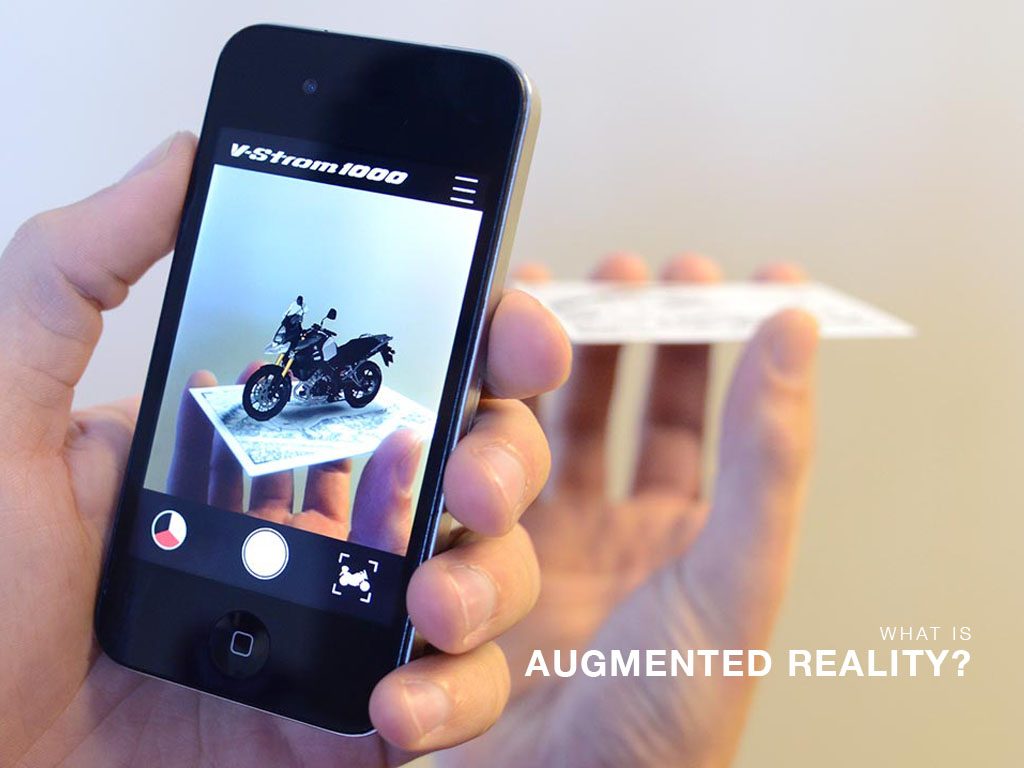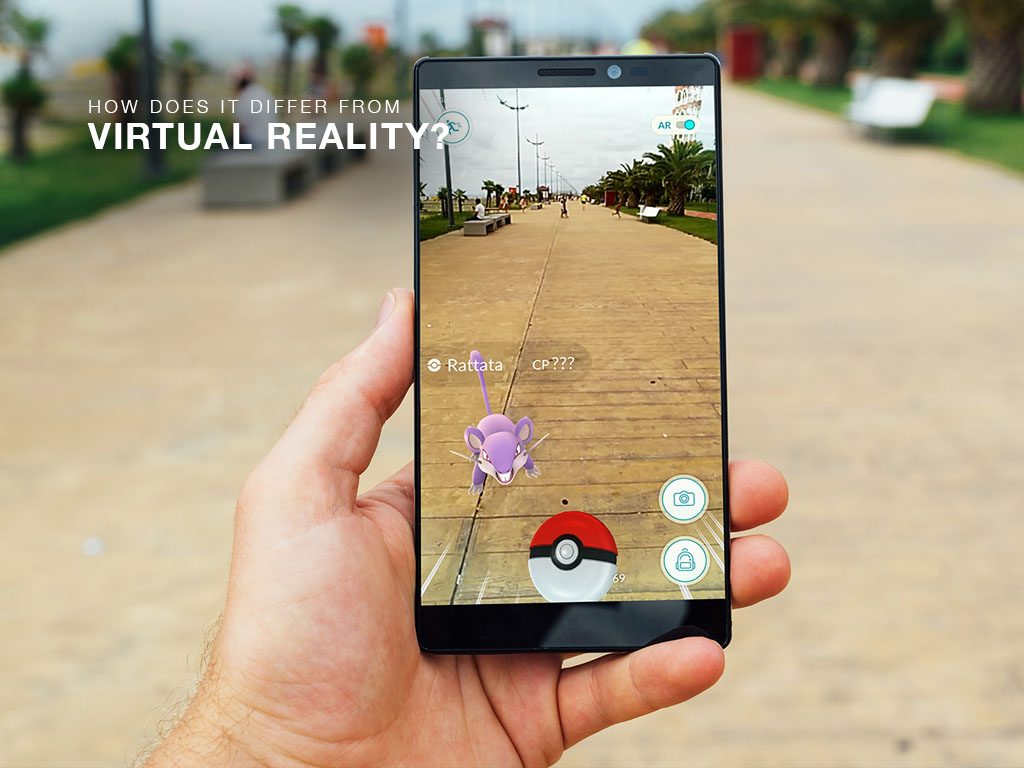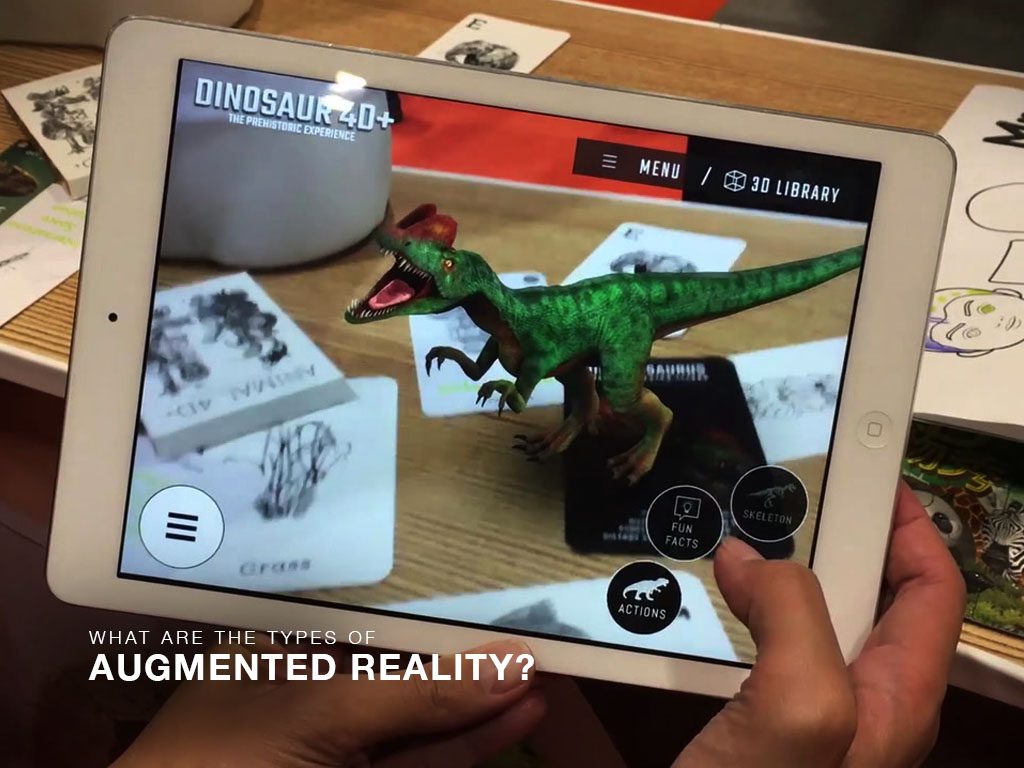What You Should Know About Augmented Reality
augmented reality,

What are the main points in the concept of augmented reality for this article?
1. Augmented reality is a computer-generated, enhanced version of reality.
2. It’s different from virtual reality with regards to the equipment used and its feasibility for businesses in the market.
3. It has four different types: marker-based, markerless, superimposition-based, and projection-based augmented reality.
For digital marketing agencies in the Philippines, augmented reality is slowly becoming a household term since the success of the hit game Pokemon Go in 2016. It can’t be denied that this is becoming one potential way that digital marketers can use to their advantage as the digital marketing scene continues to grow and become larger for the competition.
However, what do we know about Augmented Reality (AR)? Here’s an overview of the newfound concept of technology that will definitely be present in most digital marketing products around the Globe.

What is Augmented Reality?
Augmented reality (AR) is an enhanced version of reality. It uses the existing environment as its initial layer and adds computer-generated graphics, sounds, and even touch feedback to enhance a user’s view of reality. In addition, it has a wide array of potentials from simple to complicated augmented reality applications like alerting notifications to giving instructions on a specific procedure since it is easily made available in portable devices such as the smartphone.
A simple, not-so-obvious example of this is Snapchat’s masks – which includes the rainbow, the OMG word, and the dog that has a special 3D effect. Thus, this ultimately enables you to record short clips of it moving around you or you wearing the mask and vomiting rainbow lava.

How does it differ with Virtual Reality?
Unlike augmented reality, virtual reality is an entirely simulated environment that requires a gear for you to experience it. This particular requirement makes the technology itself not feasible for businesses, given that not all consumers have the device.

What are the types of Augmented Reality?
It is true that augmented reality has indeed varying types. The variations depend on the particular objective it is being made and the application use cases. These include:
Marker-Based Augmented Reality
Also known as the image recognition, this type of augmented reality uses a marker and a camera. The camera serves as the reader and the marker which can either be a QR/2D code that serves as the marker that will help the reader distinguish it among other real-world objects that may surround it.
The marker is characterized by a distinct and yet basic pattern that helps the reader easily distinguish it without further complications in the reading process.
Markerless Augmented Reality
Markerless augmented reality, on the other hand, is one the most widely implemented applications of augmented reality. Why? This is because it is mainly a GPS. Basically, this uses the information found on your location, digital compass, accelerometer, and velocity meter in order to provide the date you need from your exact location.
Moreover, what makes it widely used is the availability of the primary factors needed: the device and the location detector or GPS embedded on it. Its basic use appears in the form of mapping directions, locating nearby restaurants, hotels, and attractions, and more other apps that are location-centric.
Superimposition-Based Augmented Reality
Have you tried IKEA’s augmented reality furniture app? It lets you try the furniture in your place through your mobile device to avoid purchasing the wrong fit. For this matter, IKEA used the superimposition based type of augmented reality given that they have replaced the original view of the object with an augmented view of that same object. Basically, users will have to flip through the physical catalog and then look for the plus symbol to activate the app. The app will then ask the users to scan the images for more exclusive features such as videos, additional product information, 360-degree view of the room, or the feature that allows users to actually place a furniture into their room. Once the users find the product that they’d like to test out, they can place the physical catalog on the same spot on where they envision the furniture to be set up. The camera will then use the physical catalog as the object to be replaced with the newly augmented view of the object – which is the product. The great thing about this, as well, is that you get to see the actual scale of the product without moving the actual piece of furniture at your place. That’s superimposition based augmented reality!
Projection-Based Augmented Reality
Projection based augmented reality is what you actually see in movies; there are projected artificial lights on a real-world environment that is capable of sensing and responding to human interaction (i.e. touch). An impressive application of this type of augmented reality is Disney Park’s newly integrated projection-based augmented reality in their Happily Ever After show. Thus, taking people into the most magical fireworks event with their favorite Disney characters at the Disney Theme Park is possible by using the projection-based augmented reality.
Key Takeaway
Indeed, augmented reality has moved the world with its applications in various industries. In addition, the fact that it has upgraded the marketing strategies of different businesses in the field of digital marketing is a beginning of a new scene.
While there may be a lot of applications from the various types of this technology, nothing can be concluded, yet. However, one thing is for sure: augmented reality will definitely be taking over in the digital marketplace in the near future.





